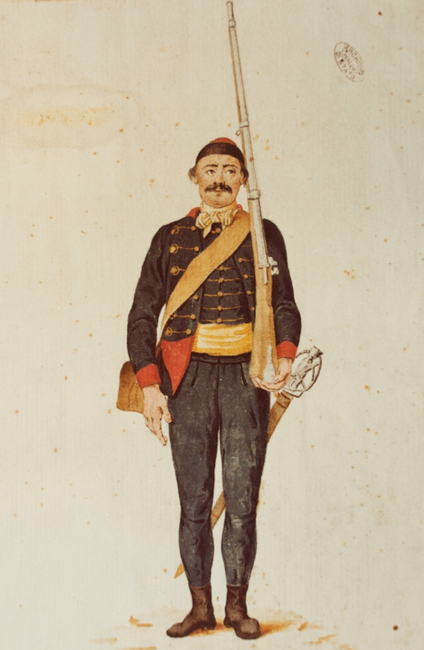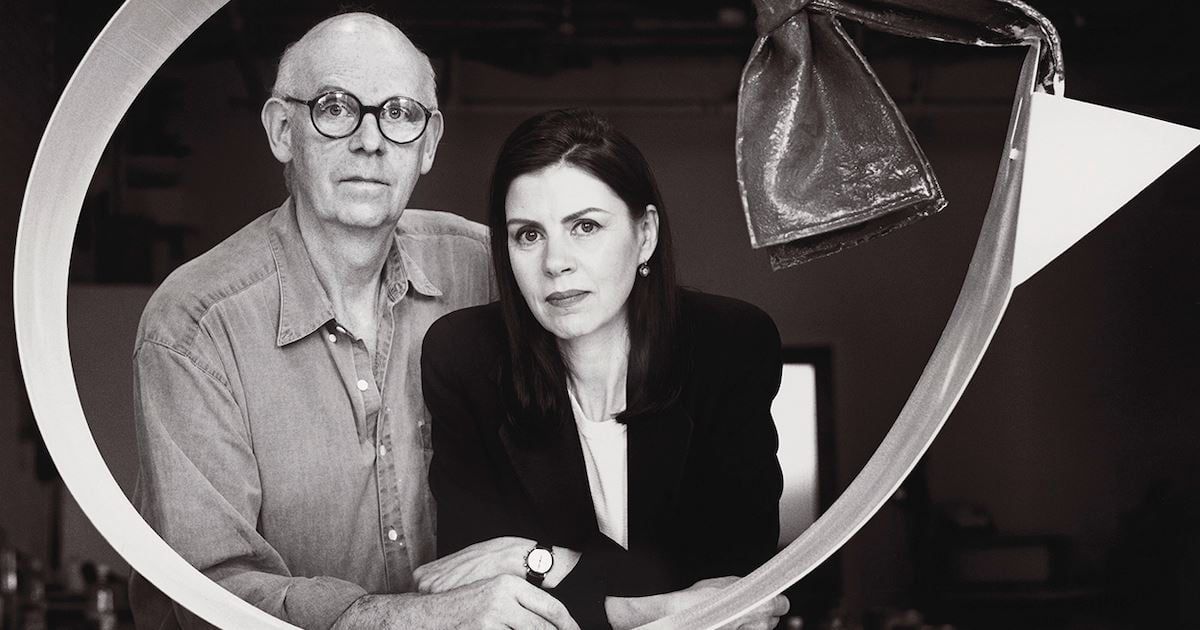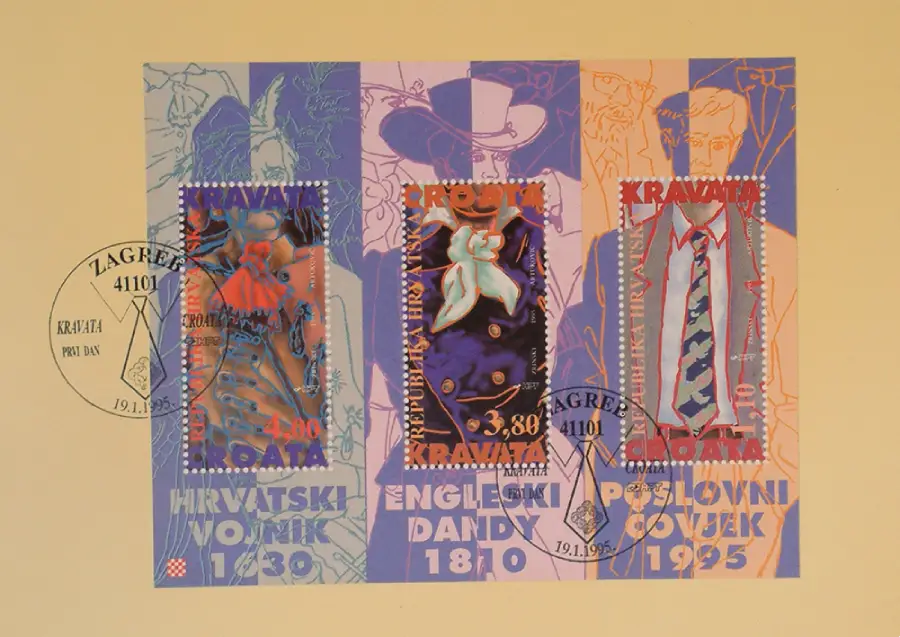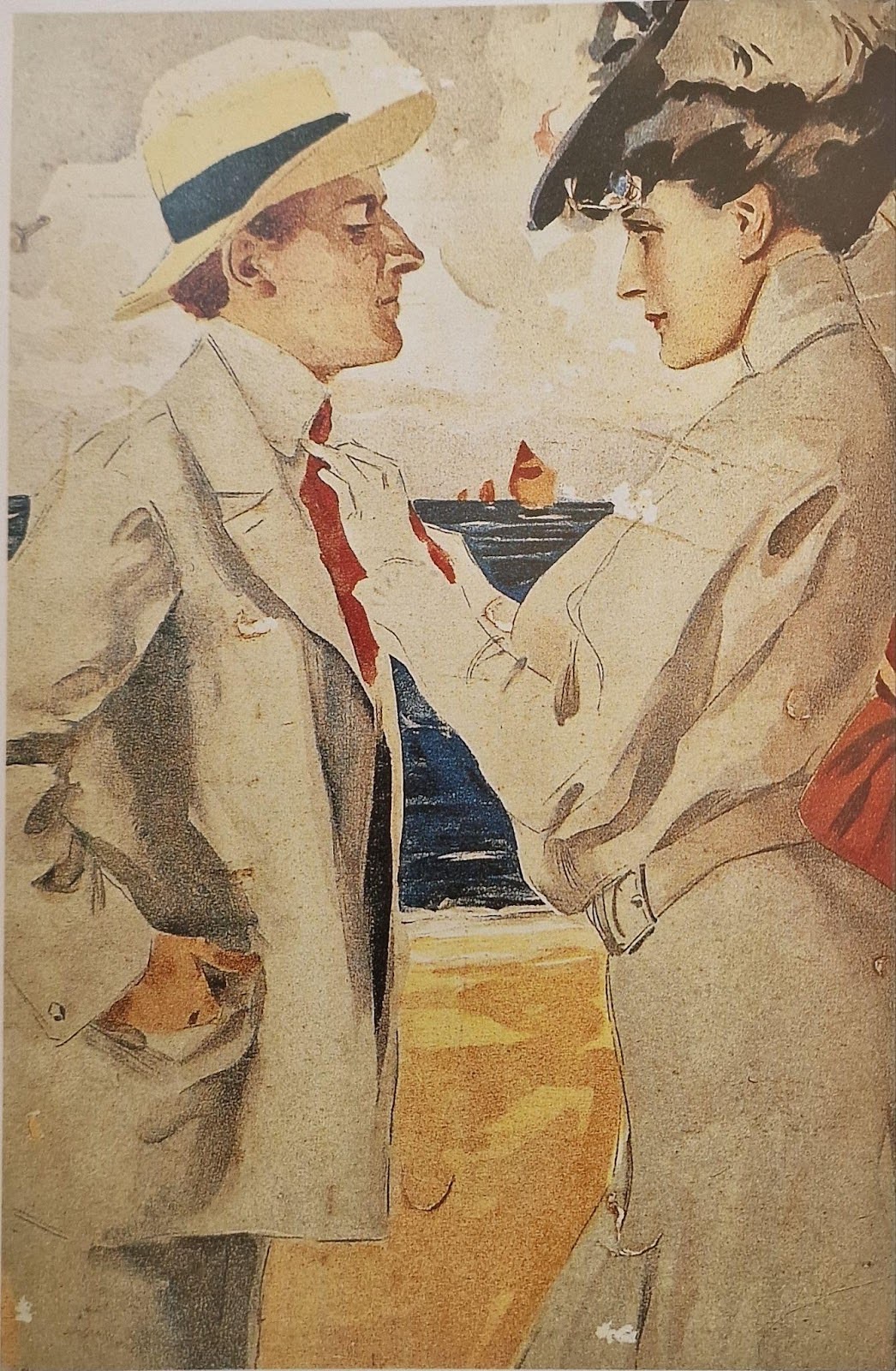On the eastern Adriatic shore, in the cities and fortresses flying the Venetian flag, a scarf was never just a piece of cloth but a sign of belonging. Soldiers from Dalmatia and Boka – known as the “Oltramarini” – wore it around their necks at the very moment the French court was only beginning to adopt the word cravate. Venetian regulations from the second half of the seventeenth century confirm this detail, prescribing the fazzoletto – a scarf or cravat at the neck – as an obligatory part of the uniform for these overseas troops, while no such rule applied to regular Venetian units.
But the scarf did not appear out of nowhere; in various forms it had existed for centuries in the lives of sailors, horsemen and soldiers. At the crossroads of East and West, Dalmatia was less a periphery than a vibrant exchange zone of trade, armies and cultures. In Venetian garrisons from Zadar to Kotor, the Oltramarini were ambassadors of a style before that style had a name. Their scarf, tied in a way reminiscent of the cravat, became a visual signature that outsiders carried back with them.
While Paris was only beginning to produce fashion treatises mentioning the cravate and court chroniclers were noting this accessory on the necks of French nobles, on the Adriatic shore it had already become part of everyday life. Croatian soldiers were not simply “bringing” the cravat; they were already living it. Venetian regulations and travellers’ accounts testify that style was being shaped in garrisons, ports and cities of intense contact — not only at court.
The Oltramarini scarf was a sign of service, but also a reminder that fashion does not always emerge in palaces. While the French court was still learning the word cravate, Dalmatian soldiers were already wearing it — and wearing it with authority.
References:
- Archivio di Stato di Venezia, Provveditori da Terra e da Mar, “Ordini Generali delle Milizie Oltremarine” (1670–1680).
- Lovorka Čoralić: “Mletački oltramarini – prekomorske postrojbe u mletačkoj vojsci,” Historijski zbornik 63 (2010).
- Jean-François Regnard: Voyages et aventures (1680s).












